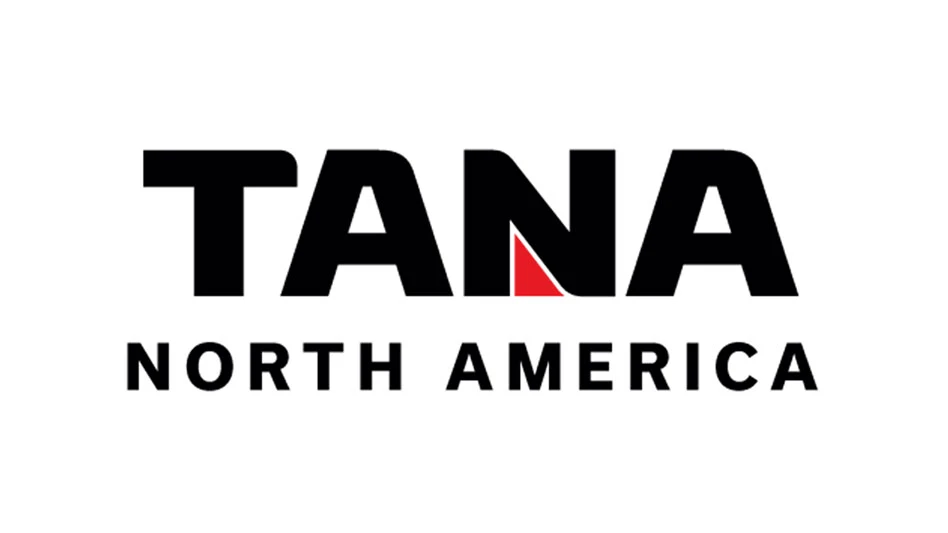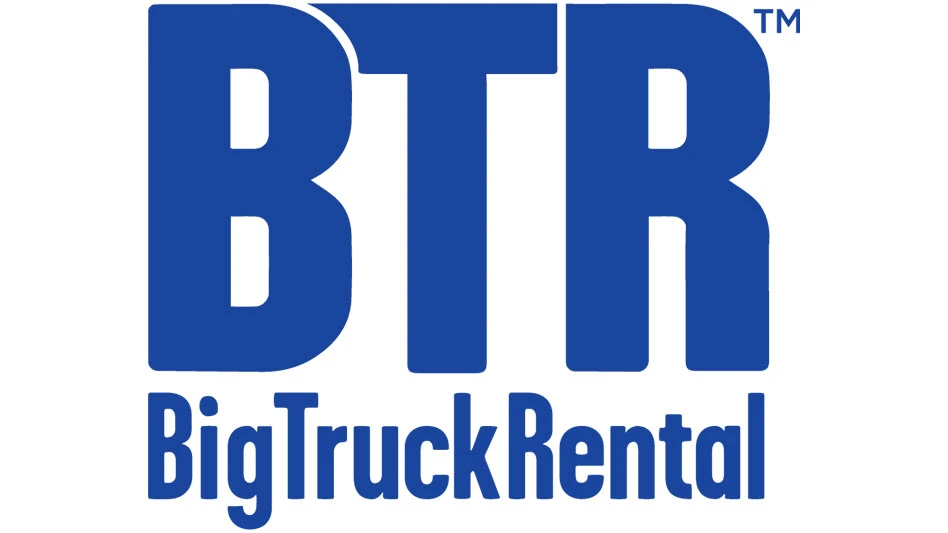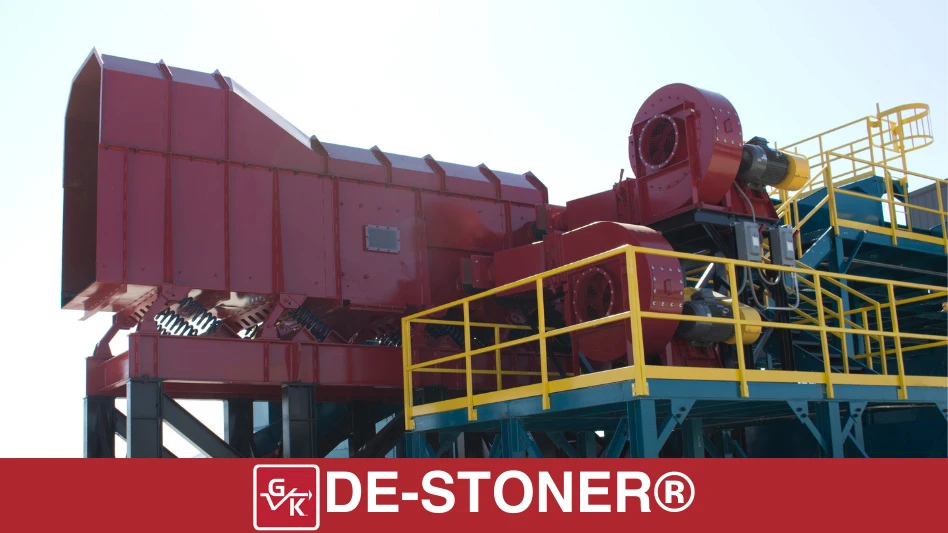
Britton Industries, a recycling operation founded by Jim Britton, has been furnishing the central New Jersey and southeastern Pennsylvania landscaping and construction markets with aggregate products, screened topsoil, mulch and leaf compost for nearly 30 years.
As his fledgling business expanded, Britton accumulated a hodgepodge fleet of equipment. His philosophy at that time was to buy inexpensive, primarily used equipment from various sources to tackle a wide range of projects as needed. But that philosophy has changed.
The hard-nosed businessman scrutinized his now mature business in early 2017. “It’s a volume game,” Britton says of his operation. “We need to weed out the inefficiencies and keep plugging in new efficiencies.”
With fixed material prices and an exceptional team already in place, standardizing the brands, sizes and interchangeability of the equipment at the was the obvious answer.
Britton Industries owns four class B recycling centers: two in Pennsylvania––Morrisville and Philadelphia, and two in New Jersey––Lawrenceville and Marlton.
With more than 100 employees and several hundred pieces of equipment operating across four locations 12-plus hours a day, six days a week, having the right equipment on-site can make a significant difference in operating costs.
“You’re not getting a raise [from] outside,” explains Britton. “It has to come from within.”
Britton has used a countless number of attachment brands and sizes and has owned hundreds of pieces of equipment over the years. Investing in new reliable equipment with planned maintenance contracts and predictable owning and operating costs was the emerging solution, and a carefully orchestrated equipment acquisition strategy was what developed.

STANDARD PROTOCOL
Britton began the standardization process by acquiring 13 Case G Series wheel loaders and four CX250D excavators manufactured by Racine, Wisconsin-based Case Construction Equipment from local dealer Groff Tractor, headquartered in Mechanicsburg, Pennsylvania, to distribute across his yards. He had the excavators fitted with S-Type quick couplers from Oilville, Virginia-based Strickland. The wheel loaders were all fitted with roll-out buckets and couplers from Shippensburg, Pennsylvania-based Volvo.
Britton approached Lumberton, New Jersey-based Ransome Attachments to buy the assortment of Strickland grapples, stump splitters, pulverizers and buckets he wanted. Ransome is also assisting with the replacement of roll-out buckets for the wheel loaders and hammers for the excavators.

The couplers in particular have been a major time saver for Britton. “These couplers allow my operators to switch between implements and jobs in minutes,” he says. “Hit a button, retract the hook, drop the old piece, hook up the new piece, lock it in, test it, and they’re off—usually about two to three minutes total and my guys never get out of the cab.”
The old method, he says, took much longer. “Before with direct-mounted units, we’d need to find an implement that would fit that particular machine, if we had one, and move it to the site, get out of the cab, bang out the pins for the old piece, get in the cab, position the new one, get back out of the cab again to put the pins back in, etc.”
Britton says it could take between 30 to 60 minutes if everything went well and much longer if something went wrong or the equipment “wanted to be difficult that day.”
It also would take a physical toll on the operators, getting in and out of the cab, and the additional resources necessary—needing tools, and often another person to help do the work. “This Strickland system is more efficient in every aspect,” he says.
The first pulverizer from Ransome was delivered in early May 2017 followed by a grapple and wood shear in June. Additional wood shears and grapples were bought in July and September.
“We have plans to add multiple units in the coming months to make each processing site fully self-sufficient with a set of implements—bucket, wood shear, grapple, pulverizer—so we don’t have to move equipment and can focus on our primary job,” says Britton.
The Britton team works at a breakneck pace to maintain production, so the attachments take a heavy beating in this volume-driven environment. Whether that involves breaking a 5-foot hunk of concrete with rebar down to 1 inch or turning an 8-foot-diameter tree stump into mulch, the process must be efficient and cost-effective.
“The abuse these attachments take is extreme,” Britton said. “They [Strickland] have done a really good job with the engineering and durability.”
Britton considers serviceability even more important than the equipment itself and recognizes that every dealer has a different philosophy. Although his relationship with Ransome Attachments is new, he expects it to last. “Honestly, I wish I had been doing business with these guys 20 years ago,” he says.
ADDITIONAL efficiencies
The equipment standardization process has resulted in the hauling of attachments instead of machines between facilities. Britton views this as the beginning of an ongoing quest to further eliminate downtime. His long-term vision involves having a comprehensive spread of Strickland attachments at each location to eliminate transportation altogether.
“You need to be able to nail your process down to the penny and make sure you’re using the same process in every location,” Britton says. “Now we have a standard, and we’re going to expand on it.”
He says his decision to standardize equipment has “vastly improved utilization and efficiency in our processing. In early estimates we believe our equipment utilization has gone from 50 to 90 percent using this standardized system.”

And he says, “It’ll only get better once we have this system fully implemented with a full complement of attachments across all our sites.”
He adds, “No one is going to give us a raise, so we had to find out how to do it ourselves and the best way we’ve found is to be as efficient as possible.”

Explore the November 2017 Issue
Check out more from this issue and find your next story to read.
Latest from Construction & Demolition Recycling
- C&D World session preview: Key strategies for effective fleet maintenance
- Rotochopper hosts equipment owners at annual training program
- EAF mill underway in California
- On the move
- Viably teams with Turmec on materials processing systems
- Tight supply poised to keep recycled steel prices buoyant
- Untha shredder prepares SRF in the UK
- Mammoet on the job at Montréal Olympic Stadium project





